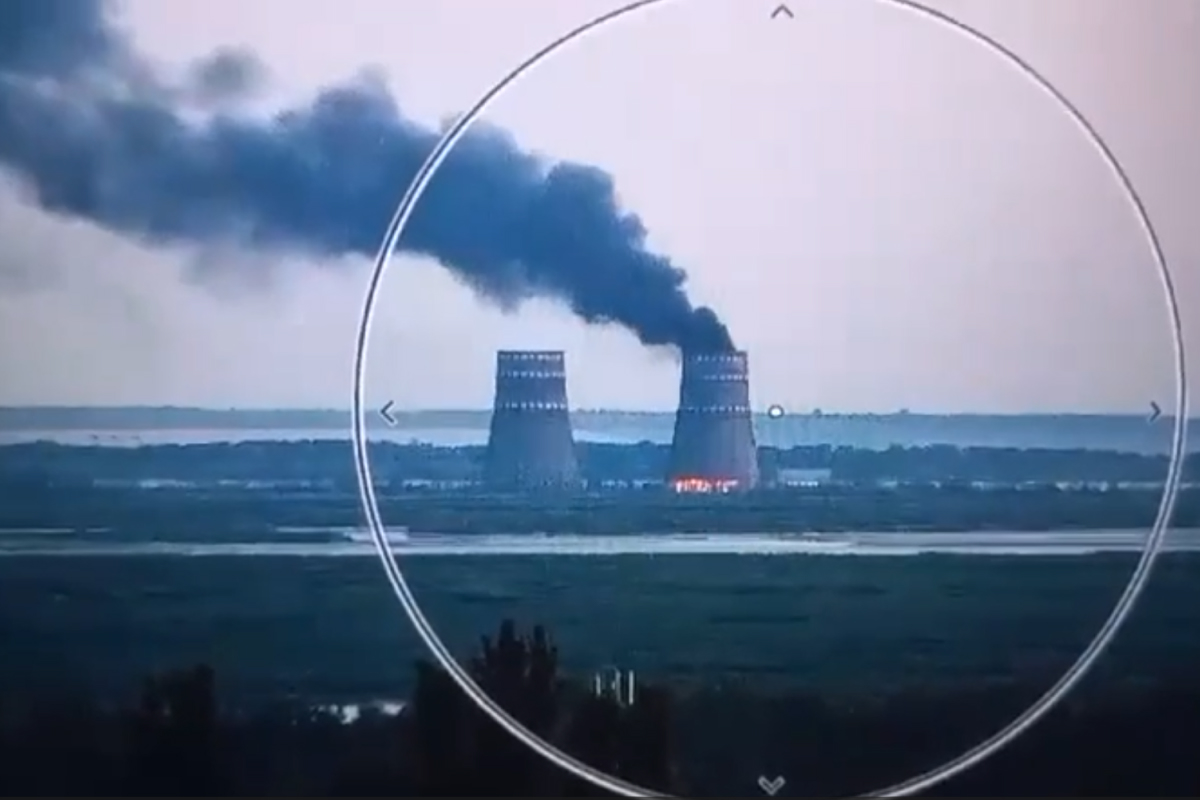Control of Europe’s largest nuclear power station has strengthened Moscow’s power over the region, turning it into a tool for exerting energy pressure. At the beginning of the war in Ukraine, the first thing the Russian army did was to take control of the largest nuclear power plant in Europe: Zaporiyia. During these three years, the Kremlin has established a military base and has been the target of attacks, which is why it has remained closed. Recently, the United States has decided to reopen this booty.
Its piece of the pie. There was no agreement with either party on rare earths, now the focus is on Europe’s largest nuclear power plant. In a phone call, Trump suggested to Zelenski that the United States could help manage, and possibly own, Ukraine’s nuclear power plants, according to a statement from the US presidential administration to which Reuters had access. All this to guarantee Ukraine’s energy security.
The problem with “ownership”. The same media outlet has pointed out that the problem came with the word “ownership”. The Ukrainian president has revealed that he would have no problem with the US investing money solely in the nuclear power plant in Zaporiyia, with a view to rebuilding it once it is recovered. However, he firmly rejects the idea of handing over the plant because they do not want to lose energy sovereignty in the country.

A strategic power plant. Control of Europe’s largest nuclear power plant has strengthened Moscow’s power over the region, turning it into a tool for energy pressure. According to The Washington Post, the Russian Foreign Minister has declared that the transfer of the plant to any other nation is “impossible”, a position that highlights its strategic importance.
A great loss for Ukraine. The largest nuclear power plant in Europe is a great prize of war. In fact, for Zelensky’s nation it has been a very great loss, since before the occupation it accounted for 20% of the country’s electricity production, as reported in The Washington Post. In addition, the Ukrainian nation is now forced to devote its limited resources to averting a nuclear crisis. However, it has remained closed since the Russian occupation.

Security issues. Since the closure of the plant, both sides have accused each other of repeatedly bombing it, which is why it had to be closed due to the risk of attacks and growing concerns about the integrity of the cooling systems. To date, the nuclear power plant has not resumed production and this has had a negative impact on the Ukrainian electricity grid.
Can it be reactivated? The plant was operated by Energoatom, a Ukrainian public company. Its executive director, Petro Kotin, has warned in an interview for The Guardian about the problems that exist in safely restarting the Zaporizhzhia nuclear power plant. The senior executive highlighted the lack of trained personnel, damage to infrastructure and insufficient cooling water, after the destruction of the Nova Kakhovka dam in 2023 reduced access to water from the Dnieper River.
Assuming that Ukraine regained control of the plant, Kotin explained that the restart process would take quite some time, between two months and two years, depending on the state of the nuclear plant.
The position of Moscow. Russia has made it clear that it has no intention of relinquishing control of the Zaporizhzhia plant and has plans to reactivate it, but has not yet specified when this would happen. According to The Washington Post, the future of the Zaporizhzhia plant remains one of the main challenges that will define not only the energy balance of the region, but also the course of the war in Ukraine.









